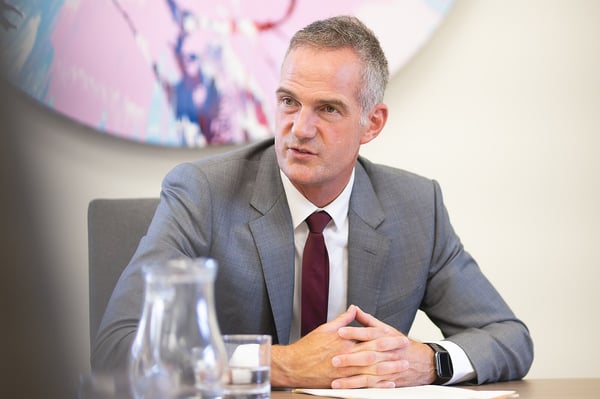RELATED NEWS

New underwater robot to be deployed by the navy keeping staff safer
1 min read

Ordnance Survey's Tim Chilton on reaching targets through increasing data accessibility and their new 'Slopey Roofs' tool
5 min read

Local Councils trial 'Humphrey' AI tool for the first time
1 min read

Government trial shows AI use saves civil servants two weeks per year
2 min read

